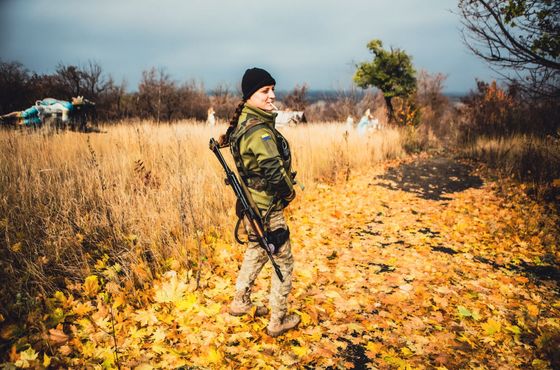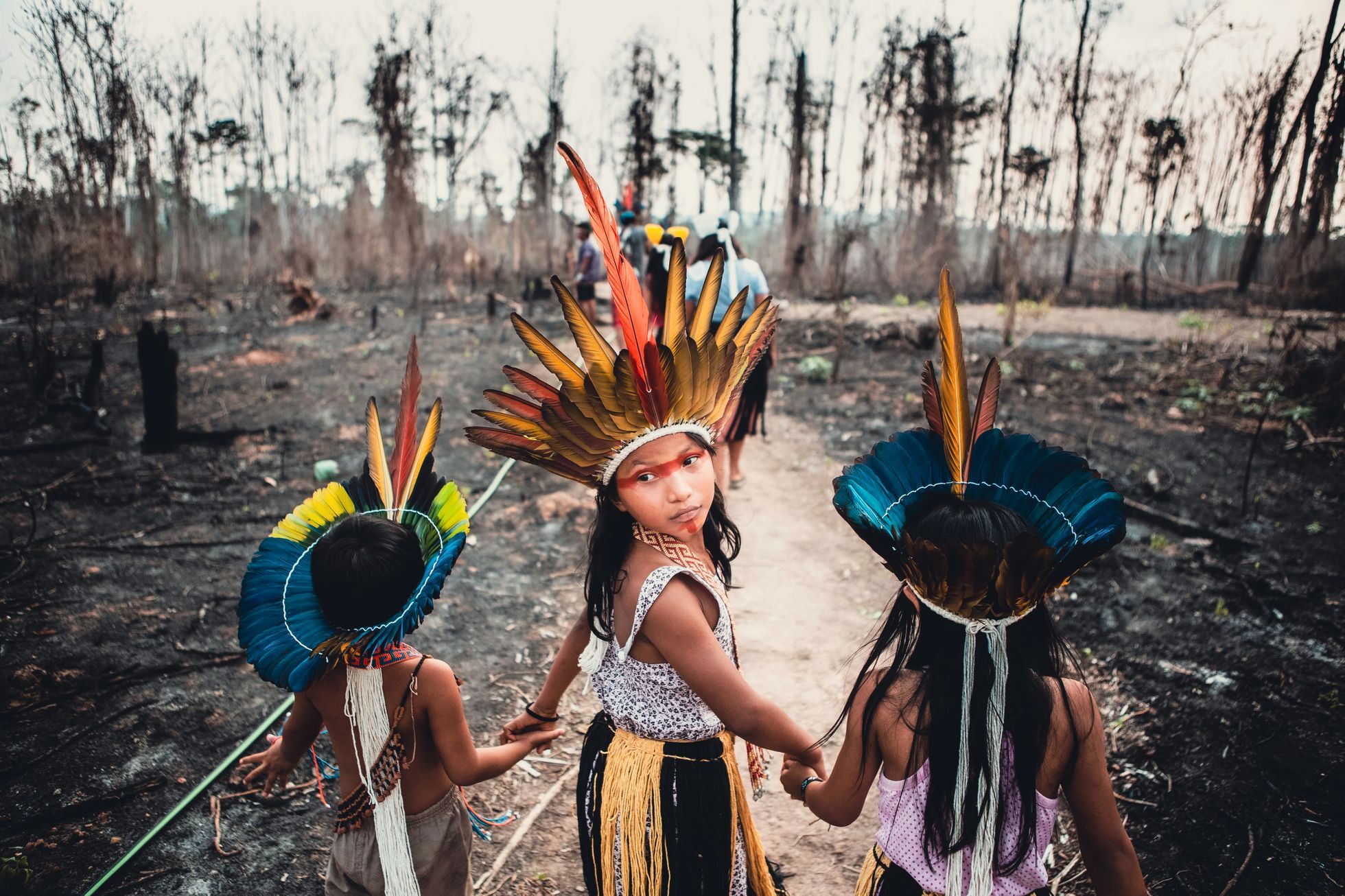David Těšínský photographed in various places around the world, and his narration in the book Another Beauty is somewhat reminiscent of the novel On the Road by beatnik legend Jack Kerouac. There alternate stories about strange buddies with whom he drank, about drugs, sex, music, but also philosophical reflections and a description of the serious problems of our world. Plus, there are photos that tell stories on their own.
“I consider photography a weapon that can kill stereotypes, a medicine that can open eyes, and also a cake that can make you happy and make you feel good,” says Těšínský.
“With my work, I want to create space for discussion, disagreement, resentment and aversion – if I only showed what you already know or what you like, then my work would probably have no power to change anything at all,” says the man who he visited 61 countries with his camera. In the book, he describes the best, worst and most extreme stories he has experienced or encountered on his travels. “It’s also a photographic extract from the last ten years,” he explains.
Photos from hell
“A lot of people envy my lifestyle. They think I just travel around the world and sell photos,” he writes in the introduction to his book. “On the one hand, that’s actually partially true. But it’s only one side of the coin. They like to compare it to themselves and how they have to go to work every day, which they don’t enjoy, and they can go on vacation about twice a year for two weeks. “
But David Těšínský’s travels do not resemble a vacation at all, which he explains in one extreme case, when he photographed the work of volunteer firefighters and ambulances in Guatemala City, who also went to cases of violence connected to drug gangs.
“Although it was probably the worst thing I’ve ever photographed, so it can’t work as a purely ordinary example of my life, but for example, I’m coming back from the scene of a murder, where a little girl runs up to a corpse and finds out that it’s her mother, and she is in a huge pool of blood, which is also on the walls, bullets are rolling around, and for ten minutes he hugs her and hysterically shouts “mom, mom…”. And then I come home and someone I know in Prague writes to me: “So what , how are you enjoying Central America?” … And I’m just now dealing with how I’m washing blood off my shoes.”
About Katka, the wife of a tribal chief in the Amazon
In the Amazon, David Těšínský photographed tribes that lost their homes and livelihoods because someone deliberately set fire to the primeval forest in which they lived.
“As soon as I arrived, I was introduced to the chief of the Huni Kuin tribe. His name is Mapu and he was surprisingly young, 29 years old. Subsequently, other members of the tribe began to arrive, all in traditional clothing, and they greeted me with facial expressions rather than a handshake. English only Mapu speaks and it is said that his wife…
How to say it… We meet the chief’s wife. ‘Hi, where are you…’ – ‘Are you Czech?!’ I immediately recognized the accent of an English-speaking Czech. That’s probably not possible. In the middle of the Amazon, surrounded by members of the Huni Kuin tribe, whose existence I didn’t even know about the day before, I find out that the wife of the chief of the tribe is exactly Kateřina z Morava? What? Well, then: ‘Hello, Katka.'”
About Detroit and the local infamous 7 Mile Road
Photos from the “Rap is our faith” project. Detroit, United States | Photo: Aktuálně.cz / David Těšínský / www.tesinskyphoto.com / With permission to use
When he went to photograph the lives of American rappers, he discovered, among other things, a squat on 7 Mile Road in Detroit, where they let him live for over sixteen days. “Seven Mile Road is an infamous and dangerous no-go zone, not only in Detroit, but in the entire United States, where you can get into trouble without knowing how. I lived there with hippies who were on sponges 24/7,” he tells in the book.
“It was great because I had my own room and I could do whatever I wanted. I could take girls there. But they had to be punk girls who don’t mind being steamed in the winter and are ready to the holes in the floor, the mold and the fact that at any moment a downtrodden hippie full of love and peace could roll in at any moment, and at worst the whole building could just collapse.”
How female fighters from Donbas take pictures
There are many stories that the traveler and photographer David Těšínský experienced. He participated in revolutionary youth parties in Tehran, photographed child labor in Africa, murderers in a Ukrainian prison, and also got into the war zone in Donbass.
“Before leaving, they gave me a bulletproof vest and a helmet, and I supplemented it with a camera and a bottle of rum. In the end, I didn’t take the vest and helmet. I took the camera and rum. And I don’t normally drink rum. But in the context of the situation, the rum was adequate for me, plus it was safer: As a quiet companion, I was a good companion.
It was with the vest that the commander finally decided that I would attract unwanted attention. They say someone could still shoot me thinking I’m a soldier. They told me that a sniper always shoots the most important person, but if he had a photographer in his sights, he would probably shoot him too. Vesta-bride, soldier-non-soldier.”
The quoted excerpts from the book Another beauty are just a small sample of the many experiences and stories that the photographer tells in the book. Including the roughest one, when he went into cardiac arrest in the US and was fortunately saved by quick medical intervention. He fought for his life in the hospital for fifteen hours.

From the series “The war is not over yet”. Donbass, Ukraine | Photo: Aktuálně.cz / David Těšínský / www.tesinskyphoto.com / With permission to use
About a book:
David Těšínský: Another beauty. Photographic publication, 224 pages in total.
Contains chapters:

